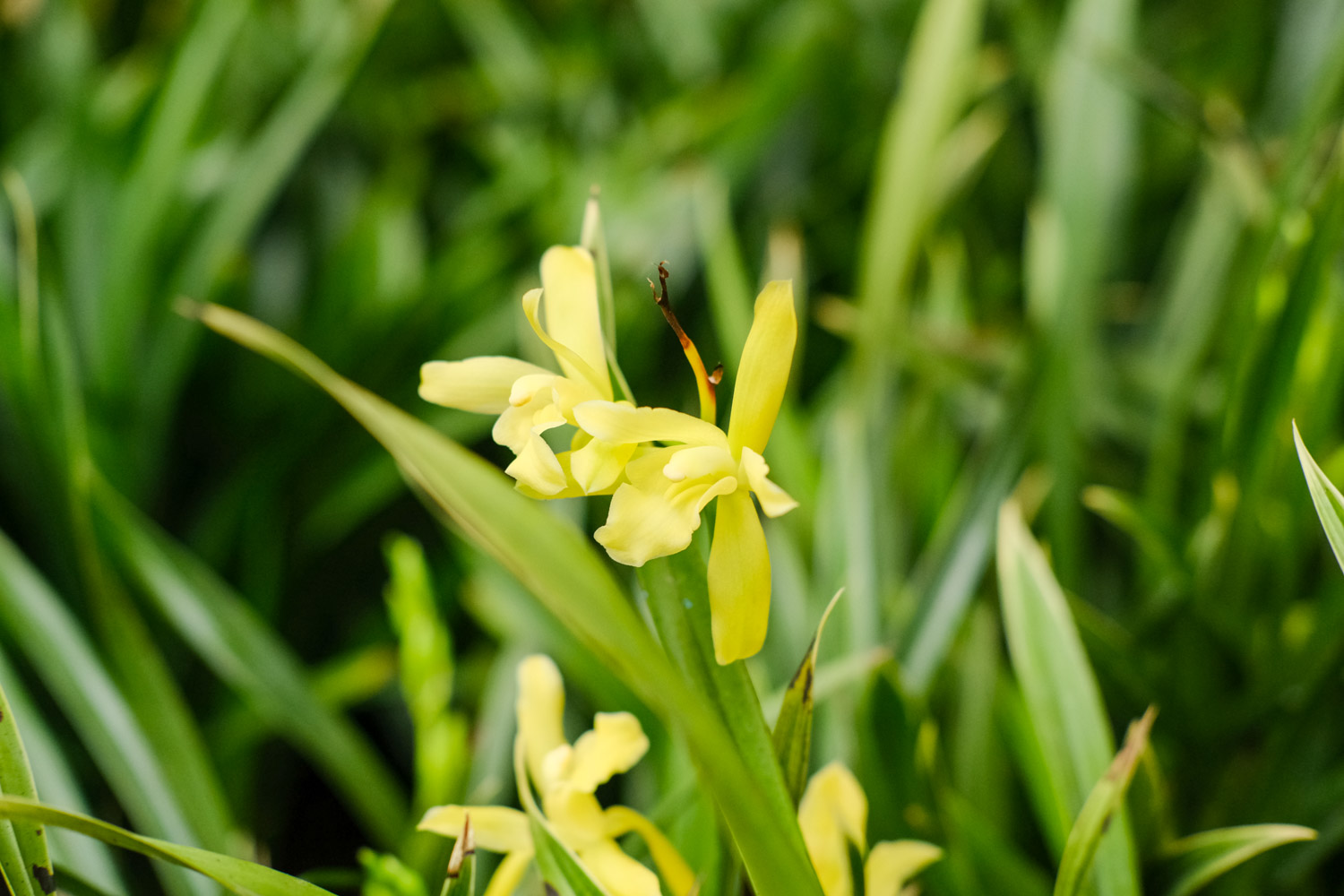1、 Symptoms of lack of fertilizer
1. Nitrogen deficiency: nitrogen can promote the growth of orchid leaves. When nitrogen deficiency occurs, the plant will have the problems of poor growth of new leaves, thinner than old leaves, weak leaf color and matte
2. Phosphorus deficiency: phosphorus fertilizer can promote the germination and growth of orchid leaf buds. When the plant's leaf buds grow slowly and the leaf edges curl, it indicates that the plant may lack phosphorus
3. Magnesium deficiency: magnesium is an important element in the synthesis of chlorophyll. When the orchid is short of magnesium, it will lead to the decrease of chlorophyll and the yellowing of leaves

4. Potassium deficiency: yellow leaf margin and tip. First, the old leaves turn yellow, and gradually the new leaves begin to turn yellow and turn from yellow to brown. In addition, plant leaves will become relatively soft and easy to bend. In case of strong light or low temperature, the leaves will appear dehydrated
5. Calcium deficiency: leaves will be in configuration, affecting the beauty of plants

2、 Treatment method
1. Nitrogen deficiency: irrigate the root with potassium sulfate compound fertilizer solution, and the plant can recover slowly. Or spray urea solution on the leaves in the evening, once every three to five days, for three times, and the new leaves can return to normal
2. Phosphorus deficiency: the root can be irrigated with potassium phosphate solution once every ten days, and it will get better twice. Or spray it directly on the leaf surface, and the effect of spraying leaf fertilizer will be faster. Once every three days, three times can improve
3. Magnesium deficiency: spray 0.5% magnesium sulfate solution on the leaves of orchids in the evening. Spray once every three to five days, and it can be solved by spraying three to five times continuously

4. Potassium deficiency: use 0.5% potassium sulfate solution to water roots and spray leaves, or remove some plant ash
5. Calcium deficiency: you can use 1% lime solution to irrigate the root once, which can solve the problem of calcium deficiency in orchids


 how many times do yo...
how many times do yo... how many planted tre...
how many planted tre... how many pine trees ...
how many pine trees ... how many pecan trees...
how many pecan trees... how many plants comp...
how many plants comp... how many plants can ...
how many plants can ... how many plants and ...
how many plants and ... how many pepper plan...
how many pepper plan...





























